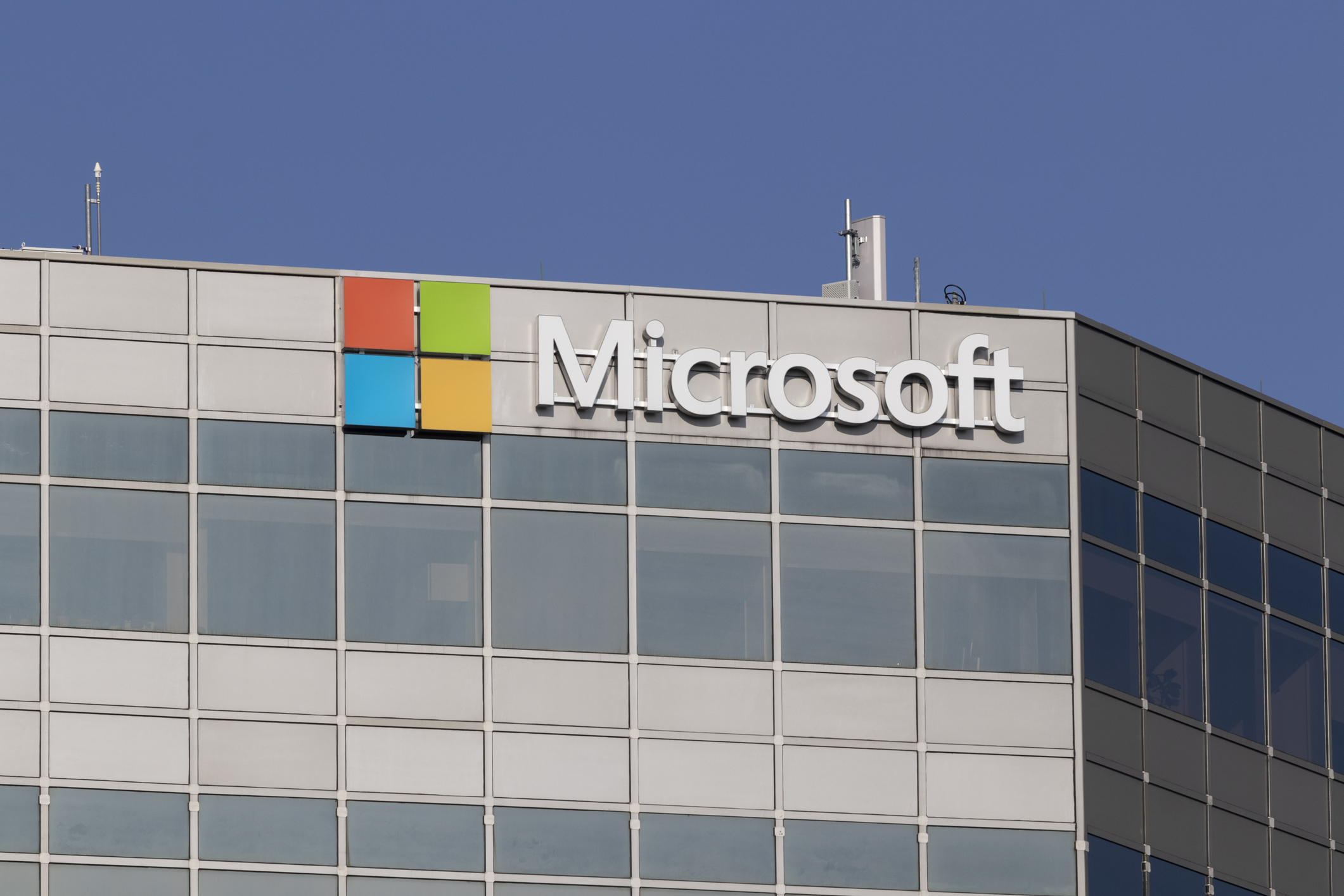
Windows 10 End of Life: What You Need to Know
7 May 2025
Microsoft’s Windows 10 operating system has been a cornerstone for millions of users worldwide since its 2015 debut. However, as technology marches forward, software must evolve. Microsoft has announced the end of life for Windows 10, marking a significant transition for users and businesses alike. This milestone will impact how you use your computer, manage your digital security, and plan for future technology needs. In this article, we’ll explore what Windows 10 end of life means, its implications, and the steps you can take to prepare for this change. Whether you’re a home user or a business owner, understanding this transition is crucial for maintaining a secure and efficient computing environment.
When is Windows 10 End of Life?
Microsoft has set 14 October 2025 as the official end of life date for Windows 10. After this date, the operating system will no longer receive security updates, technical support, or new features. For many users, this deadline may seem distant, but it’s crucial to start planning for the transition now to avoid potential security risks and compatibility issues.
The end of life process for Windows 10 follows Microsoft’s established pattern for operating system lifecycles. Typically, Microsoft provides a 10-year support window for its operating systems, divided into two phases: five years of mainstream support followed by five years of extended support. Windows 10, however, has had a unique journey, with Microsoft initially describing it as “Windows as a Service” with continuous updates rather than distinct versions.
Despite this initial approach, Microsoft has decided to move forward with a new generation of Windows, necessitating an end of life for Windows 10. This decision aligns with the company’s strategy to keep pace with evolving technology and security needs. Users and organisations should view this transition as an opportunity to upgrade their systems and take advantage of new features and improved security measures in Windows 11 or alternative solutions.
What Does Windows 10 End of Life Mean?
Windows 10 end of life signifies the cessation of Microsoft’s support for the operating system. After 14 October 2025, Microsoft will no longer provide free software updates, security patches, or technical assistance for Windows 10. While your computer will continue to function, it will become increasingly vulnerable to security threats and may experience compatibility issues with newer software and hardware.
The end of support doesn’t mean Windows 10 will stop working overnight. However, it does mark the beginning of a period where using the operating system becomes increasingly risky. Without regular security updates, your system will be more susceptible to newly discovered vulnerabilities that cybercriminals could exploit. Additionally, software developers will gradually shift their focus to newer operating systems, potentially leading to compatibility issues with the latest applications and hardware.
For businesses, the end of life for Windows 10 carries additional implications. Many industries have regulatory requirements that mandate the use of supported operating systems. Continuing to use Windows 10 after its end of life could result in compliance violations and potential fines. Moreover, the lack of technical support from Microsoft could lead to increased downtime and productivity losses if issues arise.
It’s important to note that while Microsoft has announced the general end of life date for Windows 10, some editions, such as specific Long-Term Servicing Channel (LTSC) versions, may have different support timelines. Organisations should carefully review their specific Windows 10 editions and plan accordingly.
What Happens After Windows 10 eEnd of Life?
Once Windows 10 reaches its end of life, several significant consequences will unfold.
- Microsoft will stop providing security patches after October 14, 2025, leaving systems vulnerable to cyberattacks, malware, and ransomware.
- Unpatched vulnerabilities will make devices easy targets for hackers, increasing risks of data breaches and identity theft.
- Businesses in regulated industries like healthcare and finance may face non-compliance with GDPR, HIPAA, or PCI-DSS standards due to unsupported software.
- Non-compliance could result in hefty fines and legal penalties.
- Software developers will focus on newer operating systems like Windows 11, causing compatibility problems with applications and hardware on Windows 10.
- Newer versions of software may refuse to run on outdated systems, disrupting workflows.
- Microsoft will cease technical assistance for Windows 10 users, leaving businesses without support for troubleshooting issues like bugs or connectivity problems.
- Prolonged downtime and operational disruptions may occur due to unresolved technical challenges.
- Without optimisation updates, Windows 10 devices may experience slower operations, increased crashes, and reduced reliability over time.
- Hardware drivers may also stop receiving updates, leading to device compatibility issues.
- Unsupported systems become prime targets for malware authors. The risk of infection from viruses, ransomware, and other malicious software will rise significantly.
- Approximately 240 million PCs are expected to become obsolete due to incompatibility with Windows 11, contributing to global e-waste issues.
When Did Microsoft Announce Windows 10 End of Life?
Microsoft officially announced the end of life for Windows 10 through an updated product roadmap. The announcement was made public in April 2023, and gave users and businesses ample time to prepare for the transition. This early notification allowed organisations to plan their upgrade strategies and budget accordingly.
It was particularly crucial for businesses and enterprises that may need to upgrade hundreds or thousands of devices. It allowed IT departments to create comprehensive migration plans, test compatibility with critical applications, and gradually roll out new systems without disrupting day-to-day operations.
Will Windows Support Really End?
Given that Windows XP received support until 2014 and Windows 7 well into 2021, does that mean Windows 10 will also extend support? After 14 October 2025, Microsoft will discontinue all support for the operating system, including security updates and technical assistance. It’s important to note that this applies to all editions of Windows 10, except for specific Long-Term Servicing Channel (LTSC) versions.
On their End of Life Page they encourage upgrading and state: “Once a product reaches the end of support, or a service retires, there will be no new security updates, non-security updates, or assisted support. Customers are encouraged to migrate to the latest version of the product or service. Paid programs may be available for applicable products.”
It’s worth noting that Microsoft may offer extended security updates for Windows 10 for a fee. However, this option is typically aimed at large enterprises and comes with significant costs. For most users and small to medium-sized businesses, upgrading to Windows 11 or exploring alternative solutions will be the most practical and cost-effective approach.
Prepare for the Future with ICT Solutions
As Windows 10 approaches its end of life, it’s crucial to start planning for the transition to Windows 11 or alternative solutions. The shift to a new operating system presents both challenges and opportunities for improving your digital infrastructure and security.
ICT Solutions is here to help you navigate this transition smoothly and efficiently. Our team of experts can assess your current systems, develop a tailored migration strategy, and implement the necessary upgrades with minimal disruption to your operations. Whether you’re a small business or a large enterprise, we have the knowledge and experience to guide you through this important technological shift.
Don’t wait until the last minute to prepare for Windows 10 end of life. Contact ICT Solutions today to schedule a consultation and ensure your organisation is ready for the future of computing.
FAQ
When is the End of Life for Windows?
A: Windows 10 EOL will be 14 October 2025
How can I check if my PC is compatible with Windows 11?
A: Microsoft provides a free PC Health Check app that can assess your system’s compatibility with Windows 11. You can download it from the official Microsoft website.
Are there any alternatives to upgrading to Windows 11?
A: Yes, alternatives include switching to a Linux distribution like Ubuntu or Mint, which can often run on older hardware. For businesses, considering cloud-based solutions or virtual desktop infrastructures could be viable options to extend the life of older hardware.
Can I continue using Windows 10 after the end of life date?
A: Yes, you can continue using Windows 10 after October 14, 2025, but it’s not recommended. Your computer will be vulnerable to security threats and may experience compatibility issues with newer software and hardware.
Will my personal files be affected when Windows 10 reaches end of life?
A: Your personal files won’t be directly affected by Windows 10 reaching end of life. However, without security updates, your data may become more vulnerable to cyber threats and potential loss.
How much will it cost to keep using Windows 10 after the end of life date?
A: Microsoft will offer Extended Security Updates (ESU) for Windows 10 after October 14, 2025. Individual consumers can purchase a single year of ESU for $30.
Will my antivirus software still work after Windows 10 end of life?
A: Most third-party antivirus software will likely continue working for some time after Windows 10’s end of life. However, this isn’t a long-term solution for overall system security.
Can I upgrade to Windows 11 if my computer doesn’t meet the minimum requirements?
A: If your computer doesn’t meet Windows 11 requirements, you can’t upgrade directly. Consider alternative operating systems like Linux, continue using Windows 10 cautiously, or invest in new hardware.
Will my Windows 10 apps stop working after the end of life date?
A: Your current apps should continue working initially. However, over time, you may experience compatibility issues as developers focus on newer operating systems and stop supporting Windows 10.
What security measures can users implement if they must continue using Windows 10 after the end of life date?
A: Users continuing with Windows 10 post-EOL should implement robust third-party security software, regularly update all applications, and use web browsers with continued support. Employ network segmentation to isolate vulnerable systems, utilise firewalls, and consider application whitelisting.



